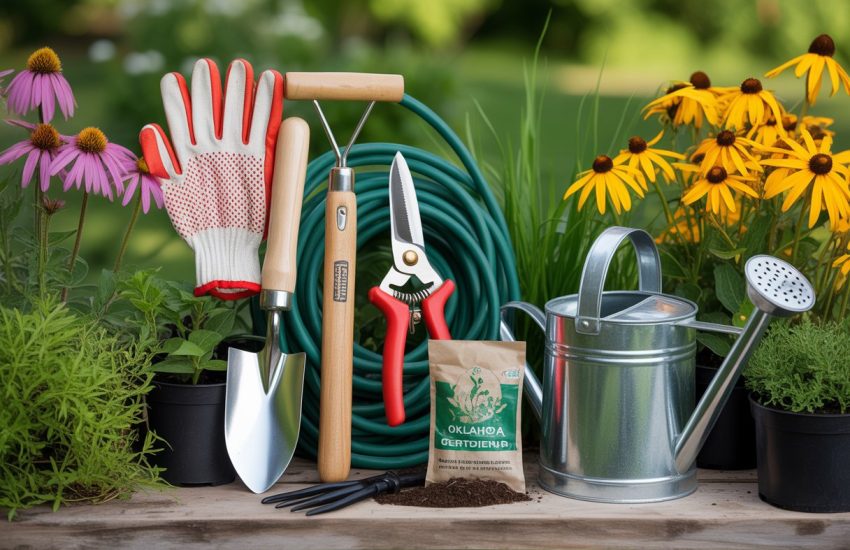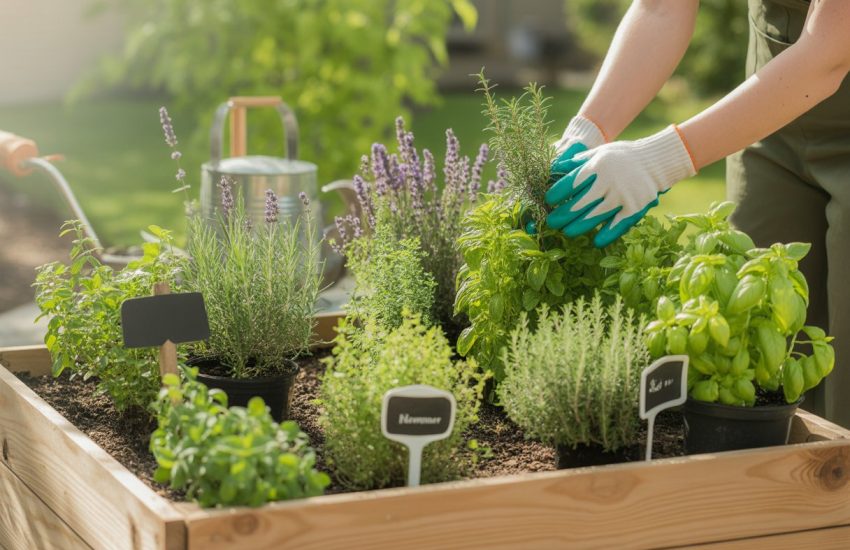How to Grow Herbs Indoor? 11 Easy Steps
Whether you don’t have enough space for a garden or want to add a touch of green to your interior, growing Herb herbs indoors allows you to enjoy organic produce. It can also be a low-risk introduction for beginners to more involved culinary gardening; all you need is a sunny window.
Additionally, it makes cooking at home simple. Anytime you need fresh herbs, cut a few sprigs to add to a dish or use them as a lovely garnish.
But even if you don’t have a green thumb, ensure you succeed by using these tried-and-true methods for your indoor herb garden before you pot up your first plant.
Best Herbs to Grow Indoors
Plant herb species that do well on a sunny windowsill or in a grow-light environment. You can control their watering requirements by growing them in pots or pairs. For instance, oregano and rosemary prefer drier soils, while basil prefers moist soil.
Be aware that some herbs are easiest to grow from small plants you purchase from a garden center, while others are best to start from seeds. Some herbs, like basil and mint, can be started from cuttings by rerooting them in a glass of water.
A perennial favorite, oregano is best grown from seed or multiplied by root division. If you already have an oregano plant, cut off a piece and pot it up to bring indoors. New plants can be grown from seeds, but it might take a few months to mature enough to be harvested.
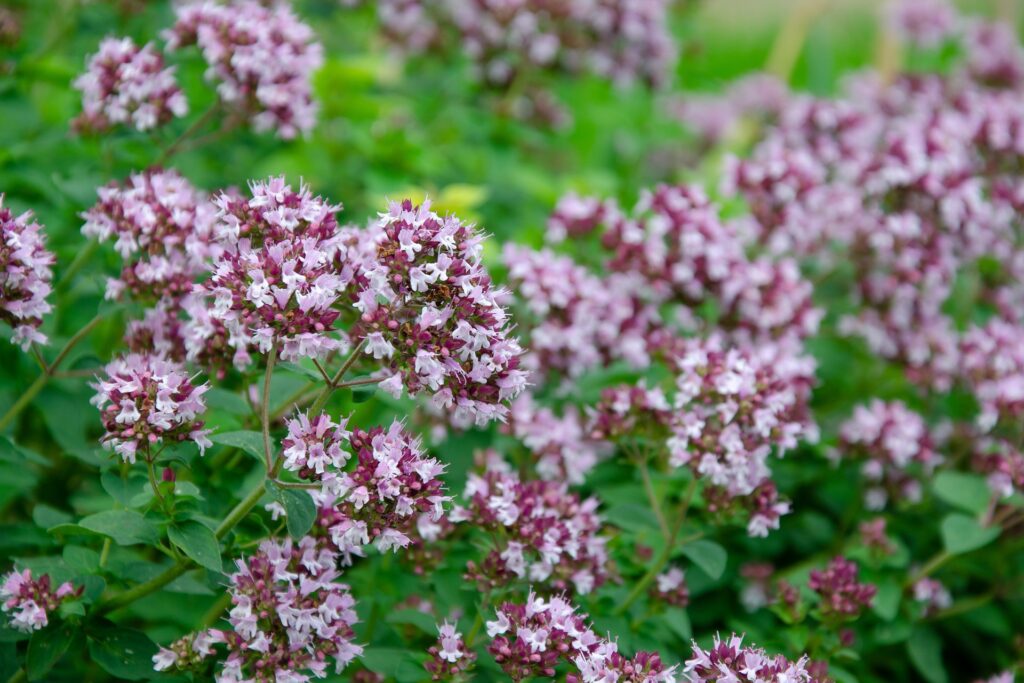
Basil is an annual, so the easiest way to grow it is from seeds or cuttings taken from mature plants, as they will root in water. Growing basil on a windowsill is best done with small-leaved varieties like dwarf Greek basil or “Finissimo Verde,” but you can also grow Genovese in a pot and control its size by chopping it frequently.
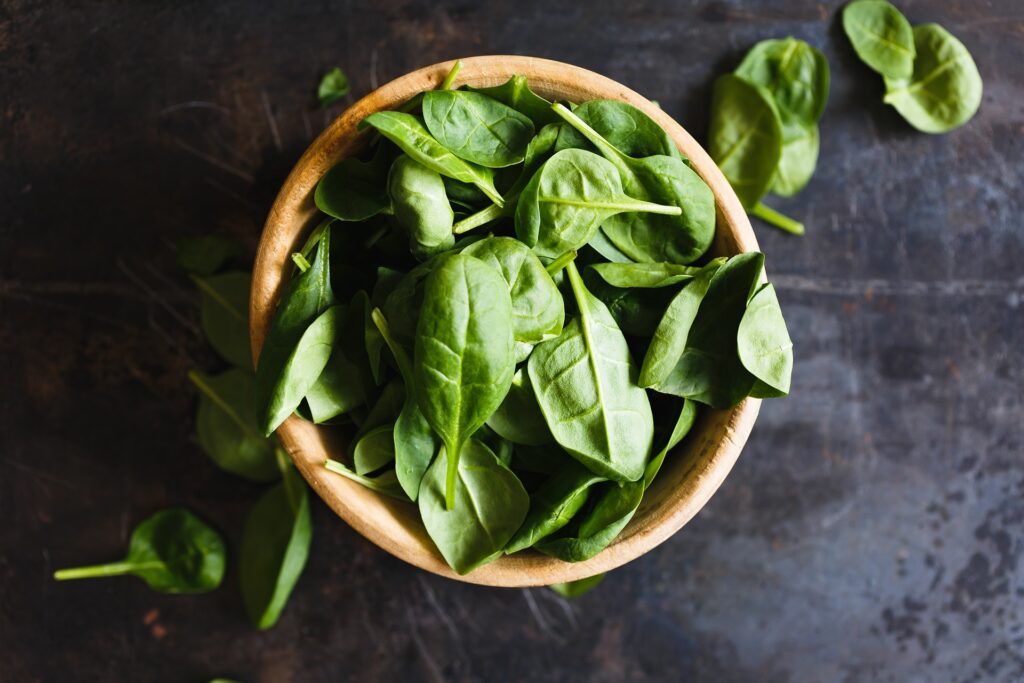
The culinary varieties of thymes include caraway, lemon, narrow-leaved French, and English garden thyme. They can be started as small plants, or new plants can be divided from the parent plant since they are perennials (although some may not be hardy where you live).
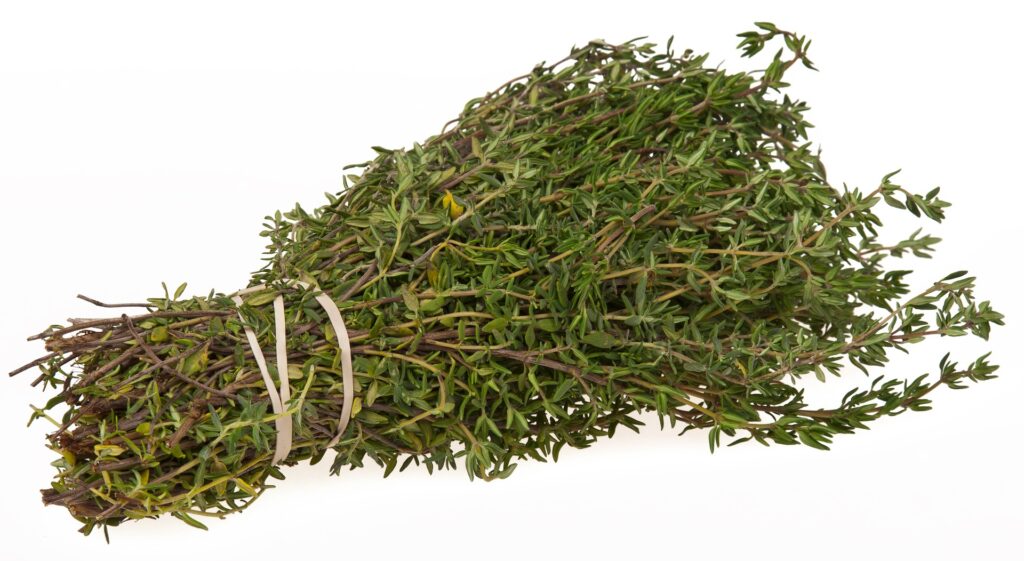
Since parsley is a biennial plant, its second season is when it sets seed. Use a deep container when repotting an existing plant to prevent damaging the tap root. From seeds, new plants can be started.
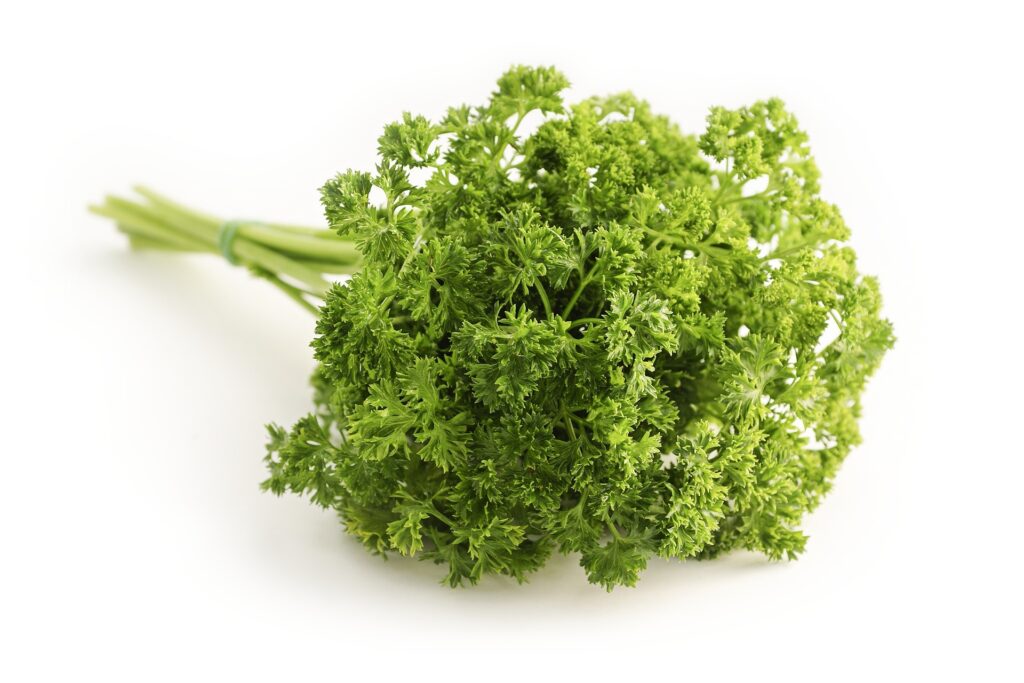
Sage is a perennial plant that can be propagated through division or softwood cuttings. Try a golden or tricolored plant if you want something more ornamental than regular garden sage. They don’t have as strong a flavor but grow better indoors.
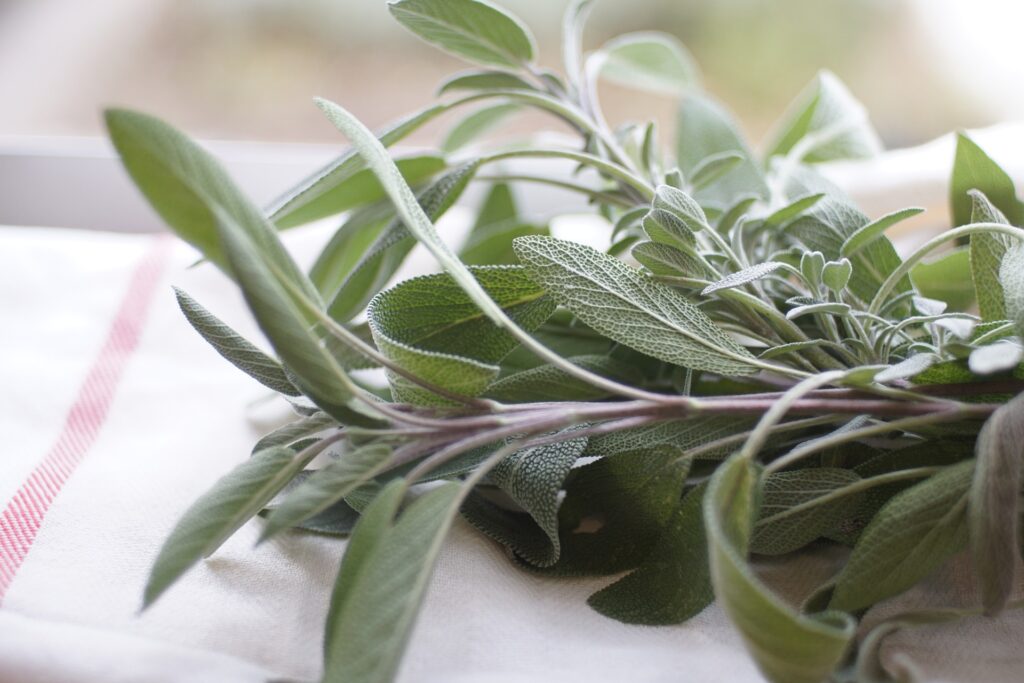
Your Ultimate Guide to Growing Herbs Indoors
In addition to giving you access to fresh herbs, indoor herb gardens also add scent and greenery to your house. Learn how to grow herbs indoors, as well as which herbs to grow indoors, how to take care of them, how to light them, and how to design an indoor herb garden.
1. Pick the Right Plants
Most herbs can be grown indoors, but easy-to-grow varieties like basil, chives, mint, oregano, parsley, rosemary, and thyme are among those that frequently do well.
Herbs can be started from seeds or cuttings, which are existing plant branches severed at the node and soaked in water until new roots appear. However, starting your indoor garden with seedlings from a garden center may be much simpler and quicker.
2. Select a Container With a Drainage
Although you can purchase a variety of herb pots, you can grow herbs in almost any container as long as it has some drainage. A saucer or round plastic cover, which you can get at garden centers, is also required to protect the floor beneath the pots.
If the plant fits in the container, you can use any size. However, remember that the smaller the container, the sooner you’ll need to report. Use pebbles in the bottom of unconventional planters, like mason jars, to absorb any excess moisture and prevent your potting soil from becoming soggy.
3. Choose the Sunniest Spot
The majority of herbs prefer lots of light. For your indoor herb garden to flourish, you’ll need to provide it with at least six hours of sunlight each day.
Place plants as close to your brightest window as possible for the best exposure—the bright light coming in from a south-facing window is ideal. They won’t provide enough light if you place them in the middle of the room or close to a window with a northern exposure.
When there is less natural light in the winter, growth might be slower. While you wait for spring to arrive, think about making a grow light or LED light purchase.
4. Water – But Not Too Much
You’ll be shocked at how little water a herb needs to survive. Keep the soil moist but not soggy to ensure that your plant flourishes. Under the sink, a drizzle or a little watering can do. Reduce the water if the leaves start to droop or turn yellow.
5. Harvest a Little at a Time
With kitchen shears or by pinching off leaves with your fingers, gather a few sprigs. Bonus: Regular budget cuts stimulate new development. A quarter of the plant should never be removed at a time because doing so will stress the plant and might even kill it.
6. Transplant When Ready
Herb plants indoors don’t last forever. If you do it correctly, your herbs will ultimately exceed their containers and require more space, which is both good and bad news. It’s time to transplant if you notice roots poking out of the drainage holes, growth appears to have stopped, or the plant begins to flop over.
Perennial herbs like lavender and mint may typically be started indoors and planted outside once the risk of frost has gone. You can move annual herbs outside until the end of the growing season. Take cuttings before the first frost to restart the indoor herb garden procedure when colder weather arrives. You can either move the pots back inside or leave them outside when colder weather arrives.
Annuals and perennials can be transplanted into bigger pots inside your house at any time; maintain them near a light source.
7. Drainage
The most crucial factor to consider is undoubtedly drainage for your herb pots. Any container used to cultivate herbs indoors must have sufficient drainage holes.
There needs to be a means for the water to drain out of the pot because herbs do not like to be left in standing water.
Fill a container with water to test the drainage, then observe how fast or slow the water drains from the bottom. To prevent your herb’s roots from sitting in water, put a few pebbles to the bottom of the pot if it drains too slowly. Before adding soil and your herbs, this test should be performed!
8. Saucers
When growing herbs inside, have a saucer for each pot. If you need a container for the water to drain, you might easily ruin a table or create a mess.
Several pots include an attached saucer or complementary items. The gardening section of most hardware stores also sells plastic plant saucers for under a dollar. Alternatively, a decorative tray works just as well.
9. Size
Choosing pots that are the right size for the herb you are growing is the second most crucial factor in choosing the finest container for your indoor garden plants.
For instance, basil will benefit from a deeper container because it has long roots. Maintaining the soil’s uniform moisture will be more challenging if you select a pot that is too large. Your herb’s growth may be inhibited if the pot is too small for your plant.
10. Material
Depending on how humid your home is, pick an indoor herb pot. The kind of pot you select can affect how much moisture there is.
Clay pots may dry up more quickly, while ceramic pots will retain the water. Use ceramic pots rather than clay or permeable pots in dry environments.
11. Design
Enjoy creating the design. Please take advantage of the chance to add some colorful pots to your living room or kitchen to liven it up. Also, use conventional pots. Many everyday materials can be reused to create original herb planters.
For instance, some empty tomato tin cans can have holes punched in the bottom of them. It results in a beautiful pizza herb garden. Alternatively, think about placing plastic liners inside beautiful baskets.
Conclusion
It might be tempting to start by growing many different herbs. However, if you concentrate on just a few that you are confident you will use frequently, you’ll succeed more. Among the most straightforward herbs to grow indoors are basil, chives, cilantro, mint, oregano, parsley, rosemary, sage, and thyme.
Ensure that the area around your herb plants has appropriate airflow. The herbs won’t get enough airflow if they are too close to one another, which can aid in spreading disease. Rearranging your herb garden regularly is a good idea. Avoid allowing the air around your plants to become stale. Allow them some breathing room.
FAQ
Compact or dwarf kinds thrive indoors because of their perfect growth habits for constrained environments.
Herbs are simple to get in the late spring and summer, but finding fresh, healthy herbs in pots in the winter might be challenging. For live plants, the grocery store is usually your best bet.
Herbs require a lot of sunlight, so place yourself near a window in a bright area for optimum growth. Turning plants sometimes will promote consistent growth because they naturally develop in the sun’s direction. No matter where you keep your herbs indoors, remember to occasionally move them outside so they can get some direct sunlight.

